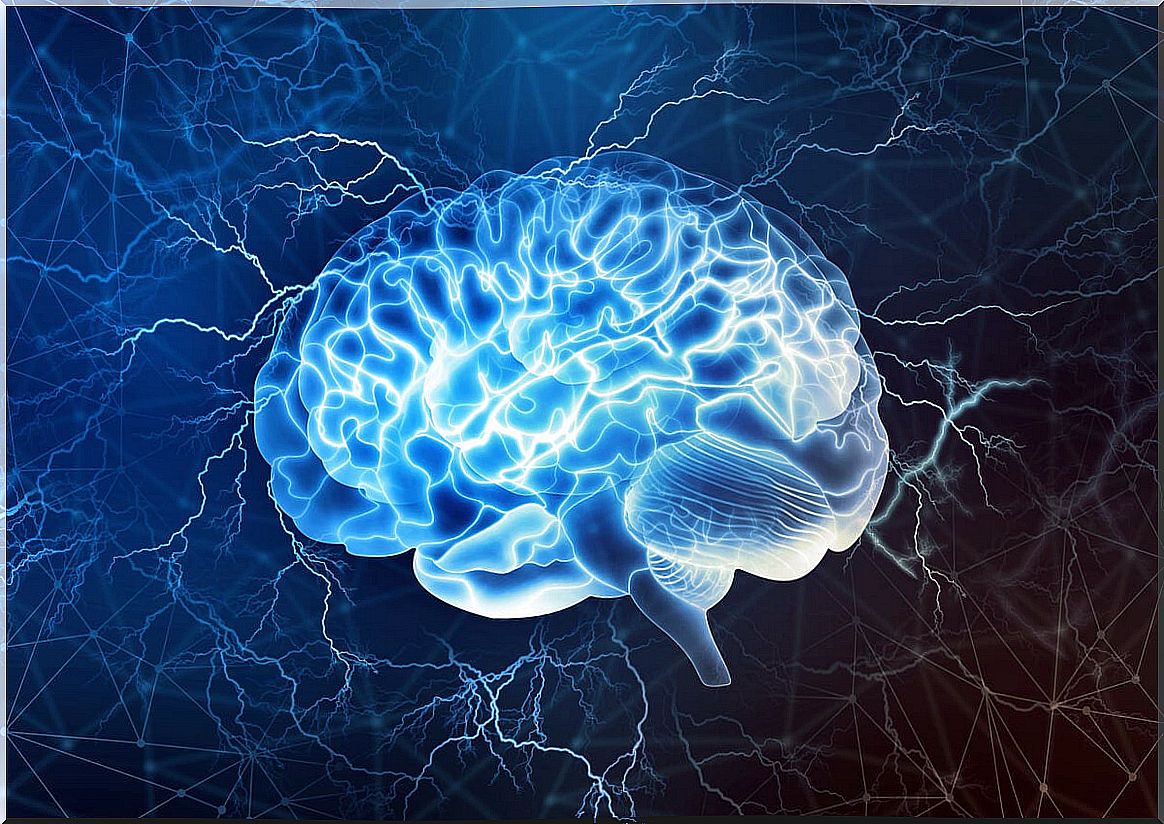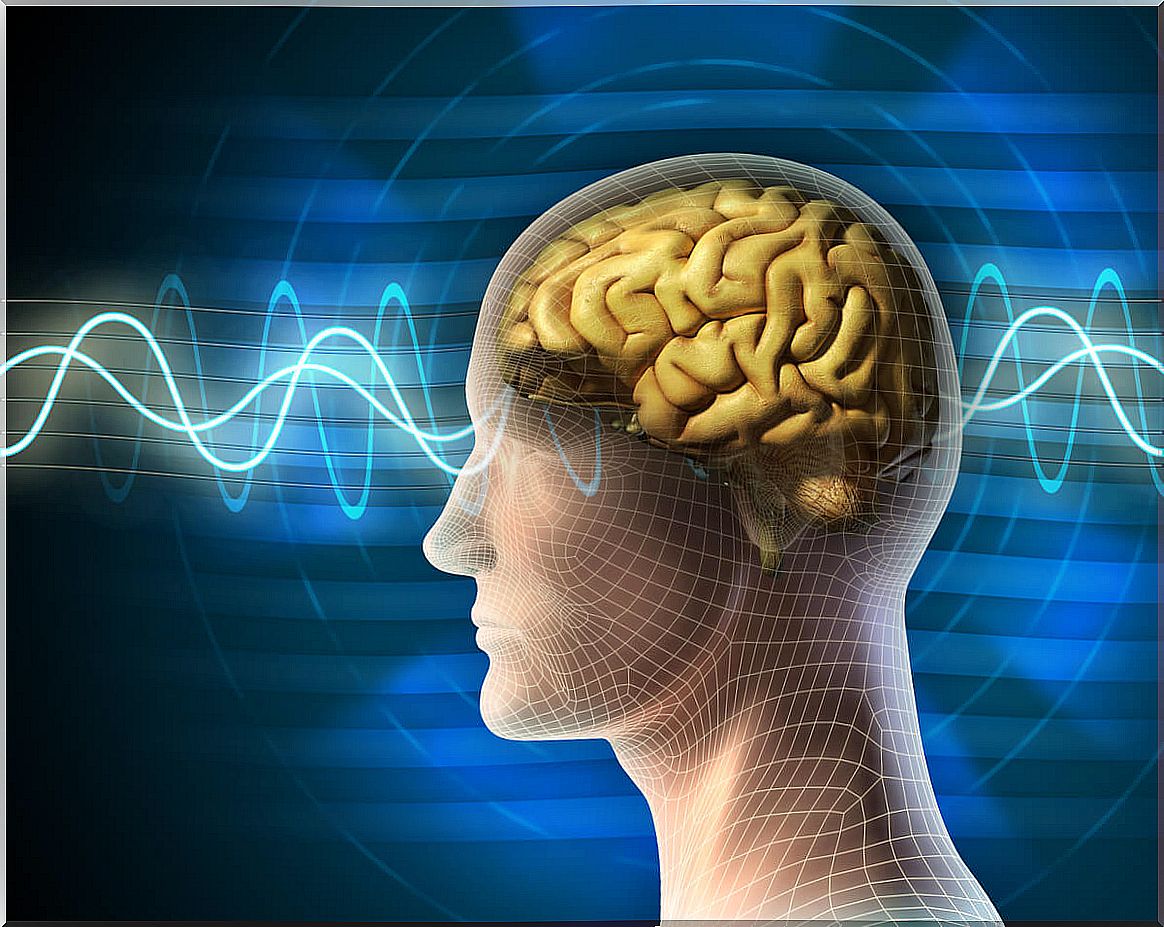Sleep Cycles: Understand Your Brain To Sleep Better

REM phase, Non-REM phase, delta waves, theta waves, K complexes… Sleep cycles make up a process that is as fascinating as it is vital for human beings. As Friedrich Nietzsche pointed out, sleeping well is not just any art, it requires being awake all day and when one finally succeeds, the mind gives us what is our property: dreams.
However, as we well know, in recent decades we have become almost an insomniac society. About 40% of the population has sleep disorders and 90% suffer at some time of the year problems to reconcile a good night’s sleep. Our lifestyle, stress and certain habits such as the intense use of technologies affect our sleep hygiene.
It is therefore very interesting to understand what happens in the brain during those hours when its only purpose is to provide us with a deep sleep. After all, it is during the night when you can carry out those essential tasks for our physical and psychological well-being such as, for example, fixing memories, purifying toxins, eliminating irrelevant information and data, etc.
Let’s dive a little deeper into the universe of sleep cycles.

The Five Phases: Sleep Cycles for Restful Sleep
Night cycles go through five very specific phases. Each of them last about 90 minutes, which means that every night we go through an average of 5 or 6 cycles. Now, waking up in the middle of one of these phases and not reaching the REM phase implies getting up in the morning tired, confused and with little energy.
We need to maintain a sustained rest throughout these five phases and that, at least, must be repeated 4 times, that is, 4 cycles. Sleeping less than 5 hours means not giving the brain enough time to carry out its tasks and “reset. “
Let’s now see what defines each of these sleep cycles.
Stage 1: numbness
This first stage is characterized by that slight drowsiness in which we feel more relaxed and comfortable in bed. It lasts about fifteen or twenty minutes and defines this very tenuous threshold between wakefulness and sleep. If we did an EEG, the brain would show theta waves (3.5-7.5 Hz).
Stage 2: light sleep
Here the respiration begins to pace itself, the heart rate is lower and we continue to show theta waves. The only difference is that the so-called K waves or spindles already arise. These frequencies, which usually go between 12 and 14 Hz (very slow), what they achieve is a very relevant thing: they prevent us from waking up.
Likewise, it is common for a curious phenomenon to occur in this second stage of the sleep cycle that is still very familiar to us. We refer to those experiences in which we dream that we fall. This sensation arises as a consequence of the low heart rate.
The brain needs to check that everything is going well, that it is still in control of the body and hence sends a sudden stimulus that our mind interprets in the same way as if we were experiencing a fall.
Phase 3 of the sleep cycle: transition
We are, so to speak, at the equator of our sleep cycle. This phase is short, barely lasts 5 minutes and is basically defined by one aspect: theta waves or slow waves are reduced to appear and delta waves that are of greater intensity. At this stage, it is also common for sleepwalking experiences to appear.

Phase 4: deep sleep
We are already advancing in our sleep cycle towards a deeper stage that lasts between 20 and 30 minutes. Here it is very difficult to wake up, the brain is in a state of activity in which the delta waves take complete control and the rest is truly restorative at all levels.
If we wake up in this phase we would do so exhausted, confused and with a certain mental fog. Something that people with insomnia undoubtedly experience and that, as a general rule, do not reach this fourth phase.
The REM phase, the stage of dreams and nightmares
We reached the most decisive and, at the same time, most interesting level of night rest. The REM phase is not only that moment in which dreams and nightmares arise, that stage in which we open the door of the dreamlike. Here theta brain waves take control again, so that at the EEG level we would see the same activity as when we are awake. All this is due to the great activity that the brain has at this time.
The REM phase, also called paradoxical sleep , occupies about 25% of our sleep cycle. The previous phases, called slow sleep or NO-REM stages, take up the rest. Thus, the entire architecture of night rest (under normal conditions) configures a process of about 90 minutes.
We say under normal conditions because the fact of resorting to drugs to treat sleep disorders slightly alters this cycle, this flow of stages and brain waves.
Ideally, the healthiest and most beneficial at all levels is to provide ourselves with a natural rest, taking care of factors such as stress, schedules, food, exposure to blue light from the devices, as well as attending to simple aspects such as an adequate temperature in our room.
Sleeping well is living well. Knowing the sleep cycles and trying to go through these 5 stages will guarantee our well-being.









